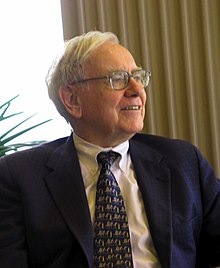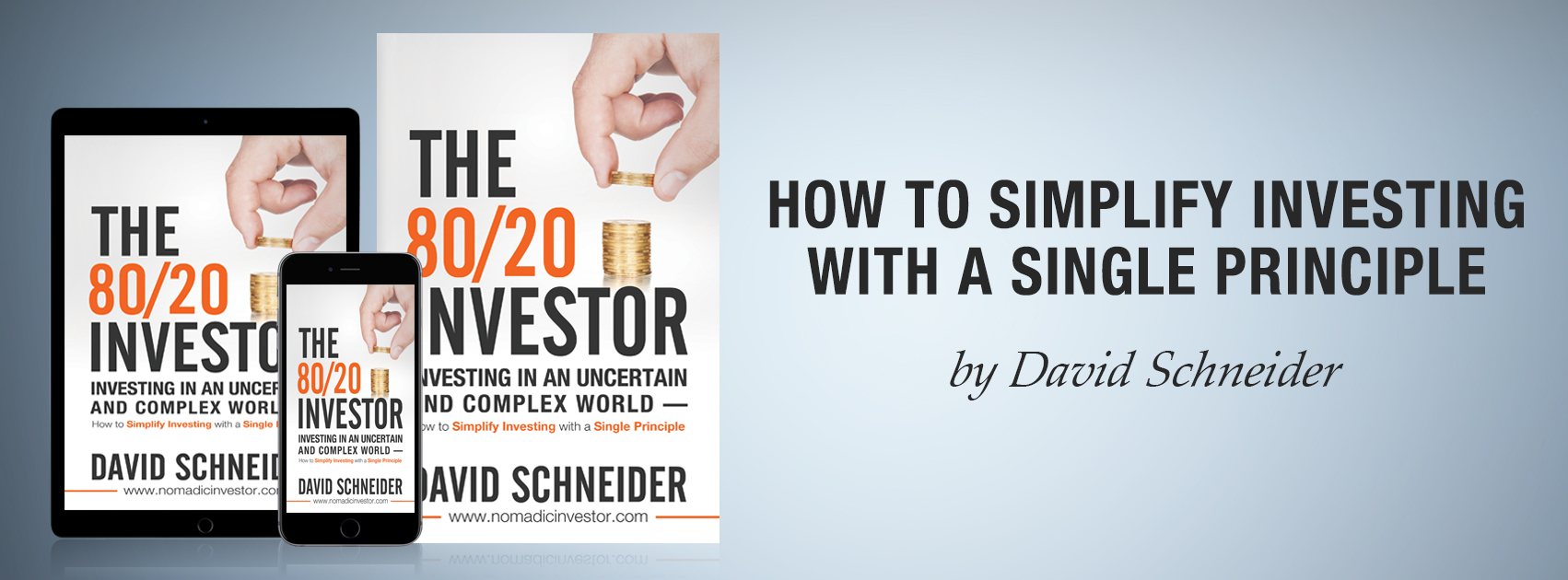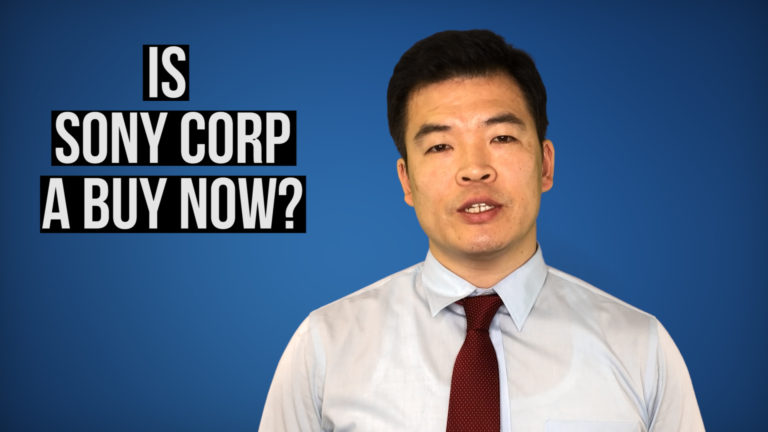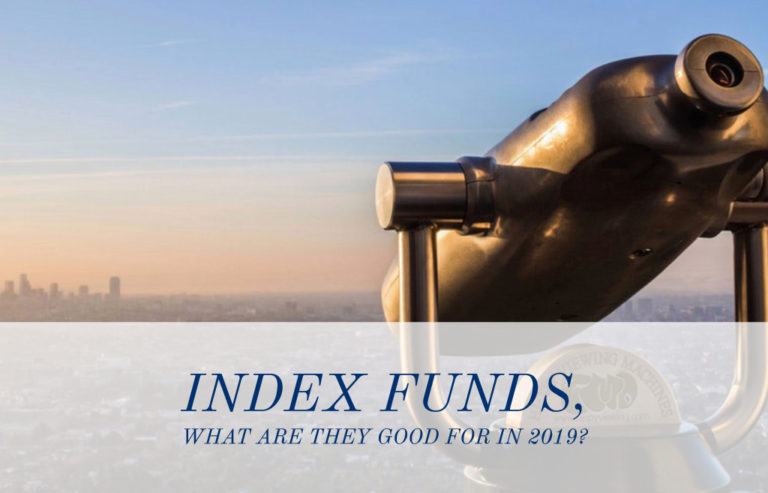Are Warren Buffett and Charlie Munger 80/20 Investors?
“Be dead right about the big decisions – every investor ought to have a lifetime decision card with just 20 punches. What I try to do is come up with a big idea (gorilla) every year or so. Charlie and I decided long ago that in an investment lifetime, it’s just too hard to make hundreds of smart decisions. That judgment became ever more compelling as Berkshire’s capital mushroomed and the universe of investments that could significantly affect our results shrank dramatically. Therefore, we adopted a strategy that required our being smart – and not too smart at that – only a very few times. Indeed, we’ll now settle for one good idea a year.” –Warren Buffett
Are Warren Buffett and Charlie Munger 80/20 Investors?
Warren Buffett and Charlie Munger of Berkshire Hathaway attribute their success to being right on a few big decisions. Both intuitively understood only a very few decisions and very little actual work will make or break a lifetime of investment success.
Buffett’s idea of an actual physical punch card to limit investor decisions forces investors to be selective. He suggests that under the rule of the punch card, investors would really think carefully about each investment decision and would commit appropriately when they made a single investment. This policy may sound overly simple, but nobody can deny its effectiveness, as it maximizes returns and minimizes cost and fees.
Indeed, how can a two-man team with a staff of just 24 in 2014 from an office in Omaha, Nebraska manage a financial empire of $530 billion in assets without the help of legions of financial advisers, lawyers, and investment bankers, and still outperform the market by a wide margin?
Warren Buffett, an 80/20 Investor

Even today, we hear many people arguing against their success. Some call them a mathematical anomaly, dice throwing monkeys who always win by pure accident, even though it has been demonstrated that there is a growing group of investors with similar performance track records using the same principles. Buffett himself published an article titled “The Superinvestors of Graham-and-Doddsville” that is based on a speech he gave at Columbia University to prove that fact. *(26)
Others claim that Buffett always had unfair advantages, always getting better deals than the general public. The most prominent Buffett critic in this camp is Michael Lewis, author of Liar’s Poker and Flash Boys, who considers Warren Buffett a hypocrite. But if you studied Buffett’s and Munger’s career carefully, you would know that it had been a long and very laborious way for them to get into a position to negotiate favorable private transactions. Even Lewis can’t deny Berkshire’s long-term performance track record.
If you had invested $1,000 in 1964, trading at $19, it would be worth about $11 million today, based on a closing price of $200,000. If you had invested even earlier in his Partnership from 1958, the track record would be even more impressive. When Buffett invested in Berkshire Hathaway the first time in 1962, he got shares for less than $8 each.*(27) The stock traded at $200,000 in October 2015.
Buffett’s Track Record
More impressive is Buffett’s company track record as measured by return on capital, or in this case, book value increase per share. According to his latest annual report, since 1965, Berkshire’s book value has increased by an astounding rate of 19.4% annually. That is an overall gain of 751,113% measured from 1965 to 2014. By comparison, the S&P 500 index, a benchmark representing the US economy, only increased by 9.9% annually or 11,196% over the same period.
A vital skill, which the investing pair have repeatedly propounded in interviews, is the ability to say “no.” It has protected them from many stupid decisions and it has clarified their investment work by actually reducing it. Buffett’s most impressive decision to say “no” and the decision that laid the foundation for him being called the “Oracle of Omaha” came in 1969.
Between 1956 and 1969, Warren Buffett managed money in private partnerships. Even though he loved the game, he knew when to stop and he knew when to say “no.” He stopped managing money for others in 1969 to focus entirely on managing Berkshire as CEO and Chairman. That was right before one of the most vicious bear markets in US history. It was an amazing feat in today’s money management industry and involved amazing timing, not because he actually tried to time the markets, but because he realized there were no longer any opportunities to invest on his terms.
Where professional money managers continued and felt they had no choice than continue buying, because that was the job they were getting paid for, Buffett had the courage to say “no” publicly. His decision to resign from professional money management followed as a logical consequence of his own observations. *(28)
Charlie Munger, an 80/20 Investor
Charlie Munger took a similar route, but 6 years later. He was hit hard in the bear market of 1973 and 1974 when his partnership lost 31.9% and 31.5% respectively. One investment partner couldn’t take the horrendous book losses psychologically and cashed out at the worst possible moment in 1974.
What the client saw following his own fateful decision must have been even more devastating for both the investor and Charlie Munger – I know, because I experienced this myself when I was an Investment Partner in a hedge fund in 2009 and one of our good clients cashed out at the worst possible moment. We were just not capable of convincing him to stay. Our portfolio heavily invested in REITs (Real Estate Investment Trusts) that we made at the end of 2008 rebounded so strongly in 2010 and 2011 that it more than compensated for the temporary book losses we experienced in 2009.
Munger’s partnership rebounded strongly in 1975, rising 73.2%. Not impressed and deeply upset by this experience, Munger closed his partnership, left the business of managing other people’s money, and became vice-chairman of Berkshire the same year. He never looked back.
Ironically, during the period where Munger experienced his investment “Waterloo,” Buffett must have seen his friend struggle with some distress, but also with astonishment. We now know that Buffett readied himself to get back into the market. He was urged on….
Continue Reading and get your copy of The 80/20 Investor!
If you want to read more about 80/20 Investing click here!






